What is a solar thermal collector?
A photovoltaic (PV) solar collector converts solar radiation into electricity, but a solar thermal collector is much simpler than that. It refers to a device that collects heat directly from solar radiation. That can be as simple and rudimentary as water being pumped through a black tube laying in the sun. There are countless DIY solar panel designs to be found on the web, but there are commercially available solar-thermal panels that can be used for water heating and space heating.
A thermal solar collector in a warm climate can have water running through its panels, but in cold climates we use glycol to prevent panels from freezing.

Are solar thermal collectors efficient?
A panel’s output and efficiency are determined in part by its rate of absorption, and in part by its emissivity; meaning, not just how much heat it can collect, but how much it will emit (or lose) before it is delivered to its destination.
Earlier models had high-absorptance rates in the range of 90-95% (effectiveness to absorb solar radiation), but they also had emittance rates in the range of 55-95% (emitting energy as thermal radiation), so much of the heat collected was lost before it left the panel. These models also used standard black stove paint, whereas panels now have coatings that are designed specifically to absorb and retain heat.
Even though the modern generation of thermal collectors on the market are very efficient now, their PV ‘competition’ in the solar industry is outpacing thermal solar advances and affecting the return on investment. This is not to suggest that the quality and efficiency of solar thermal panels is somehow failing, it’s just that there is a school of thought that says your solar dollars are better invested in purchasing photovoltaic solar panels and using the power they generate to heat water with a traditional water heater.
This is due to the continually advancing technologies and dropping costs in the photovoltaic industry, while solar thermal collection technology and cost has remained fairly stagnant over the same period. They’re still good, the problem is that the competition keeps getting better (a prime example of that is Tesla now offers solar panels to rent, making PV solar systems far more accessible to homeowners).
The premise behind this philosophy is that in times when hot water is not needed, a panel isn’t left stagnant and offering no value. If your solar installation was PV instead of thermal, solar radiation would always be absorbed for one use or another; to power other devices, be stored in batteries or be fed back into the grid for credit. It is hard to deny the logic behind that; however, there are situations where thermal solar is useful, so we will outline the options.
Evacuated tube solar thermal collectors:

This is the most common type of solar thermal collector you will likely see on the roof of a home. The collector panel itself is most commonly made up of glass tubes that contain copper pipes in their cores, with a darkened plate covering the pipe to absorb heat. The glass tubes are hermetically-sealed with just a copper fixture exposed, and each tube is installed into the manifold separately.
This makes for easy replacement of a tube if the vacuum seal is broken; it can also offer an advantage for installation. Rather than having to transport a single heavy unit onto a roof, being a modular system, it can be brought up in pieces.
Hermetically-sealed air provides excellent insulation and makes the collector virtually unaffected by outdoor air temperatures in winter. Even in the heat of the summer, you could touch the tubes with a bare hand although the pipe inside would scold you instantly.
Flat plate solar collectors:

Designs will of course vary, but a typical flat plate collector is little more than a shallow box with copper tubing that snakes through it, covered with a metal absorber plate and a clear cover. Cool liquid is pumped through the copper tube below the collector plate and is heated in the process. Both flat plate and evacuated tube collectors use a glycol mix, so they both need specific storage tanks with heat transfer coils.
Flat plate vs. evacuated tube solar collectors
Each solar collector has advantages and disadvantages. The air inside the hermetically-sealed glass tubes of evacuated tube collectors provides much better insulation than flat plate collectors, but some of your potential solar harvest is lost as it passes through the spaces between the tubes.
A flat plate collector will lose more heat than an evacuated tube panel, but it is able to collect more energy as the entire surface area is a black collector. So, in the absence of other factors, a flat plate will produce more energy than an evacuated tube design in summer, because it has a greater amount of collector surface area, and ambient air temperature is less of a problem.
Conversely, in winter, air temperatures cause much greater energy loss with a flat plate collector than an evacuated tube panel, so the evacuated tube design will be more efficient.
To choose a design that will benefit you most depends on your use. If you are looking to reduce domestic heating costs year-round, then you will probably benefit from a flat plate collector. If your intention is to use it in conjunction with a boiler for space heating in winter, then you’d benefit more from an evacuated tube design as they perform better in winter than flat plate collectors.
Heat transfer:

With glycol systems you need a heat exchanger to warm water for domestic use, space heating, or both. Heated fluid from the solar panels warms water as it passes through a coil in the storage tank. An additional gas or electricity-powered coil in the tank will heat water if the solar panel can’t maintain the desired temperature or keep up with demand.
Maintenance and durability:
Again, another mark against solar thermal in cold climates is the glycol. While necessary for winter, in summer a plate collector can reach temperatures as high as 200°C (395°F), and tube collectors can reach temperatures as high as 295°C (563°F).
Glycol will break down and turn acidic at those temperatures, which can leave deposits and corrode system components. It is therefore important that panels have some sort of cooling component incorporated into their design, whether that is manual or automated.
As sensible as it is to take advantage of the sun to heat water directly, the requirement of glycol as a heat transfer fluid and the problems that it brings with it are a big part of why you don’t see more such systems in Canada.


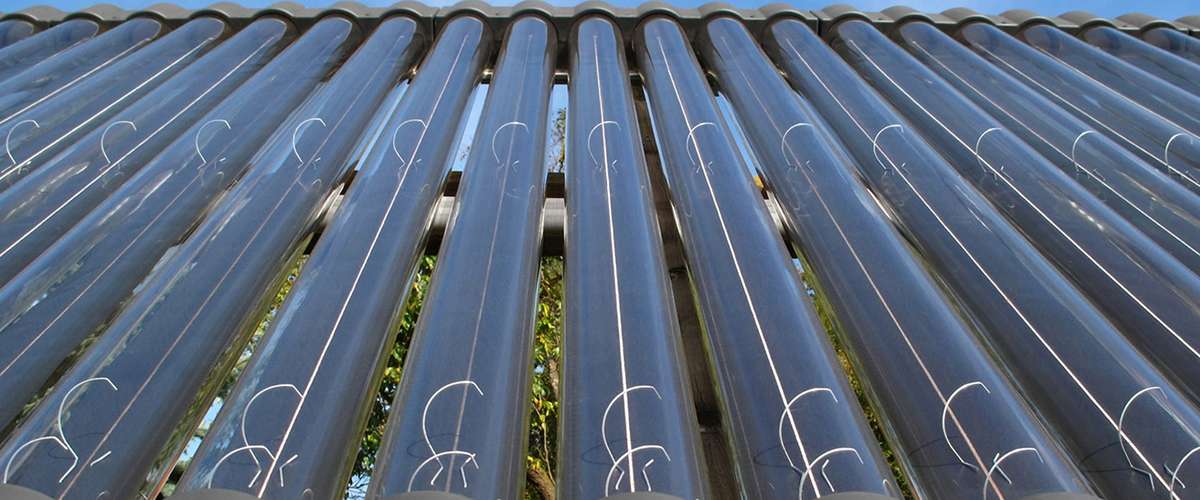













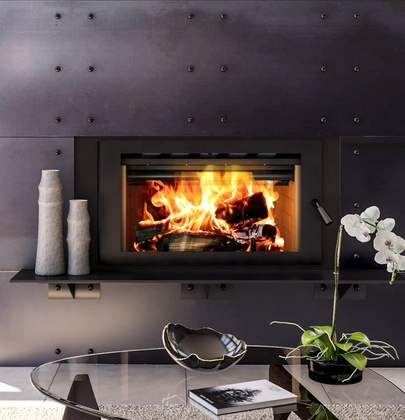

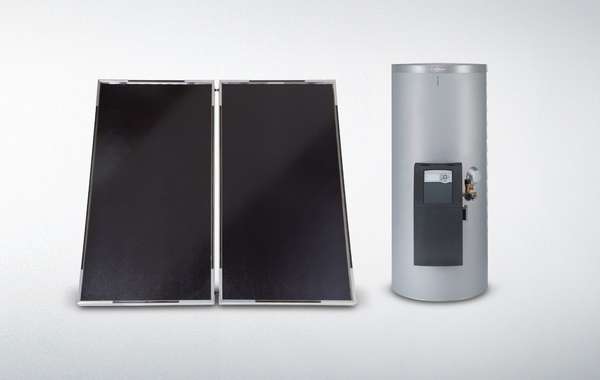
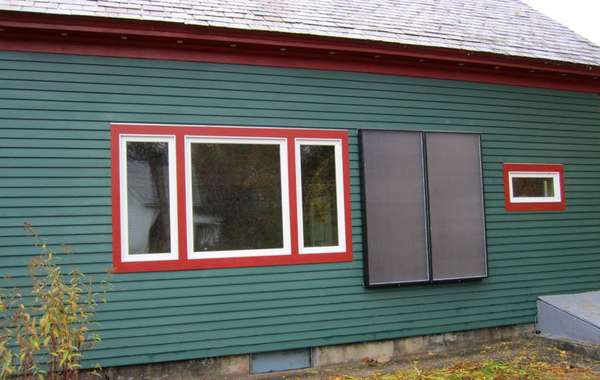
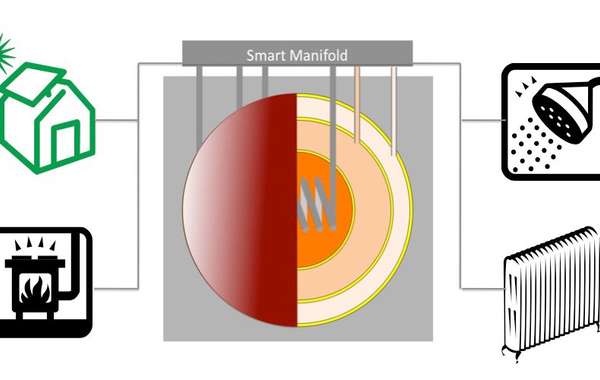
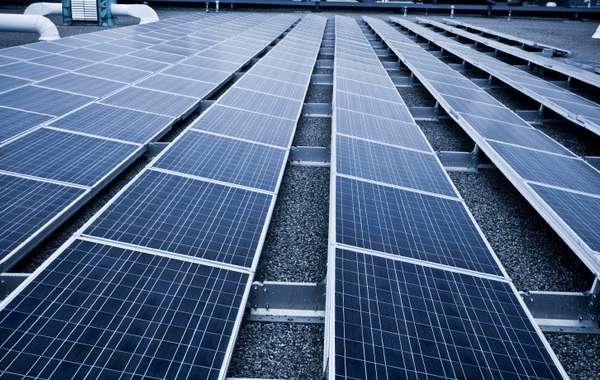
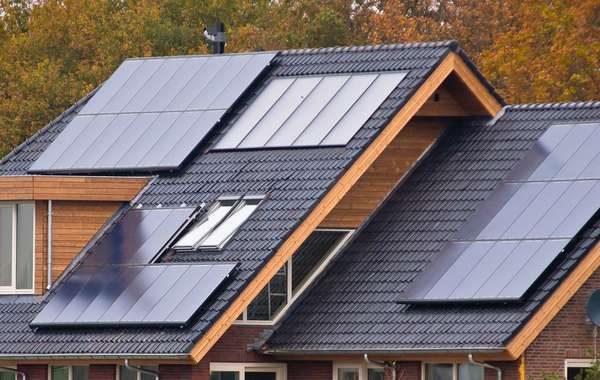
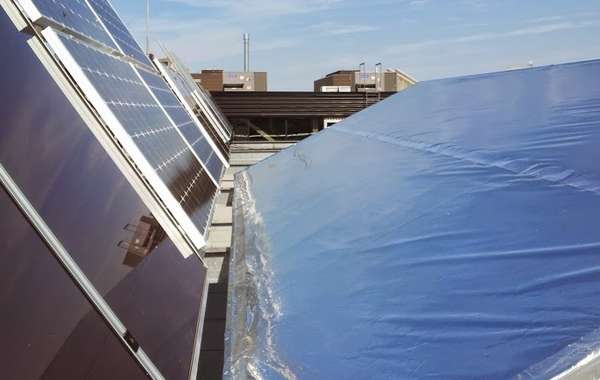
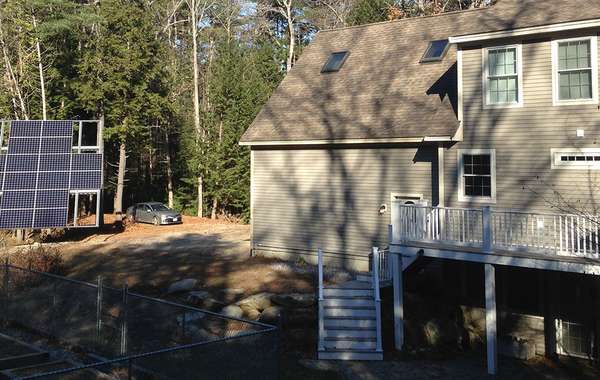
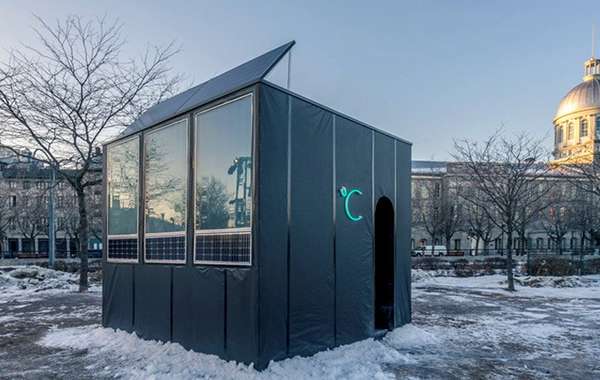
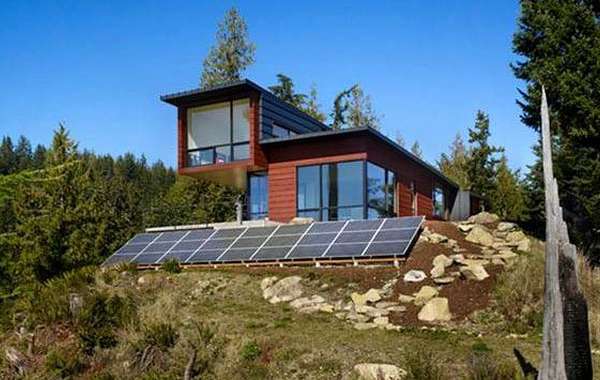
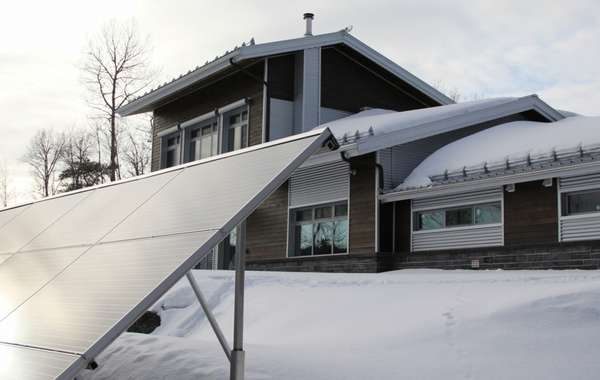

Comments (0)
Sign Up to Comment